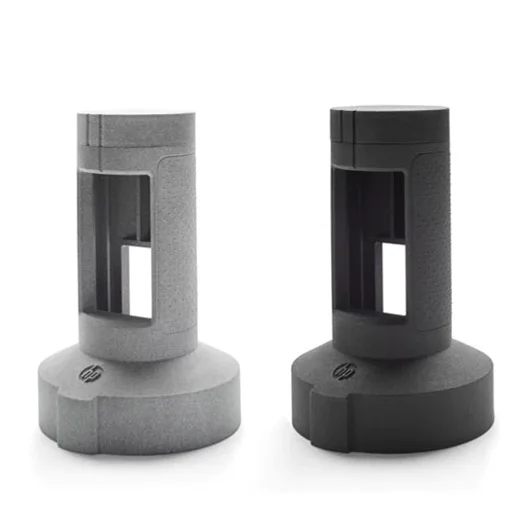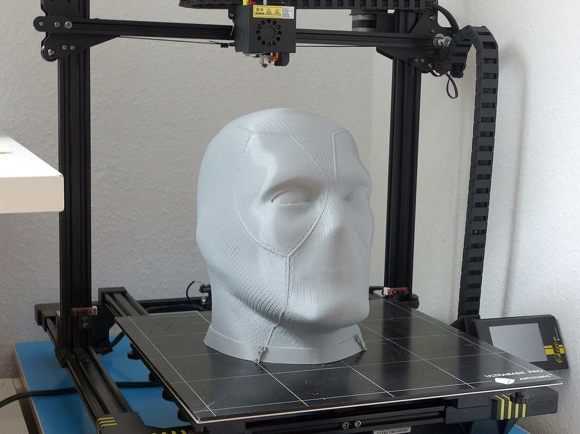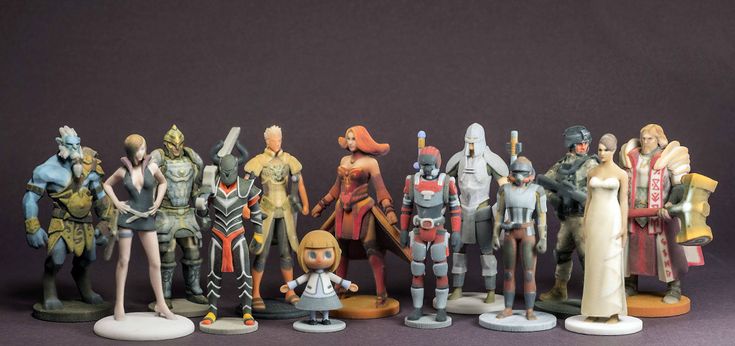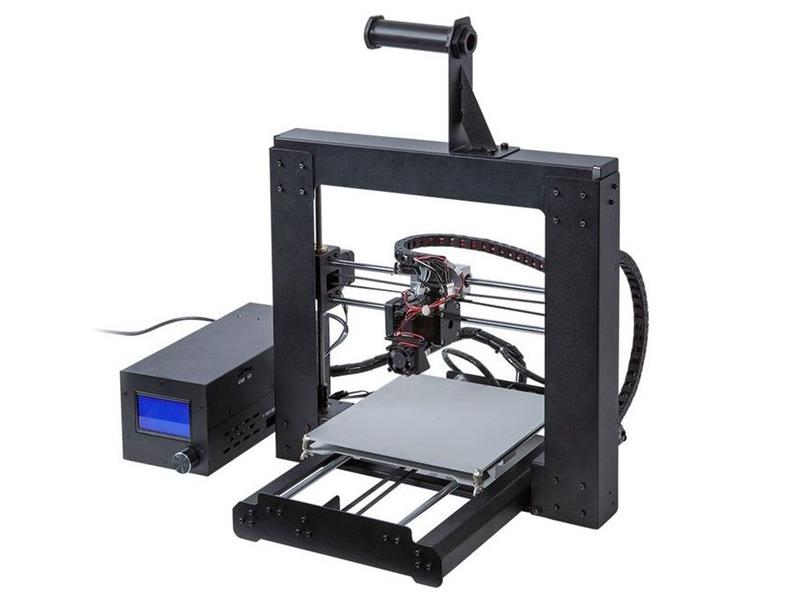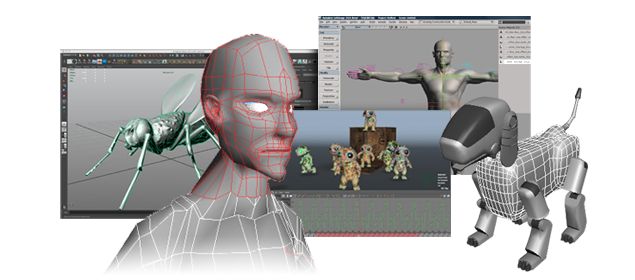3D printer price calculator
3D Printing Cost Calculator
Created by Bogna Szyk
Reviewed by Małgorzata Koperska, MD and Adena Benn
Last updated: Oct 19, 2022
Table of contents:- How much does it cost to 3D print?
- 3D printer filaments
- FAQ
Whether you're just starting out or running a professional 3D printing business, this 3D printing cost calculator and our paper thickness calculator will surely come in handy. After inputting a few basic parameters, you will be able to determine accurately what you should charge for any job.
Naturally, if you don't own a 3D printer and are trying to figure out how much it costs to 3D print, this calculator is also a tool for you! Keep reading to understand the fundamental principle behind it or to find out which filament type is the best for your project.
If you are serious about starting a printing business, you should also explore our paper quantity converter to learn more about the terms associated with buying paper in bulk and the amount contained within. Additionally, our pixels to print size calculator will help you to learn more about what it takes to create good-quality images when printing. This is something anyone serious about building a printing business should know.
How much does it cost to 3D print?
Our 3D printer calculator splits the total cost of a 3D printing job into two parts: the material cost, corresponding directly to the material that will be used, and labor cost, associated with the time of printing. Additionally, you can add a markup to ensure you're getting at least some profit on each item you print.
We calculate the material cost according to the following formula:
material cost = ρ π × (d/2)² × L × price
where
- ρ is the density of the material;
- d is the diameter of the filament;
- L is the length of the filament used for printing; and
- price is the cost of material per unit weight (per kilogram or pound).
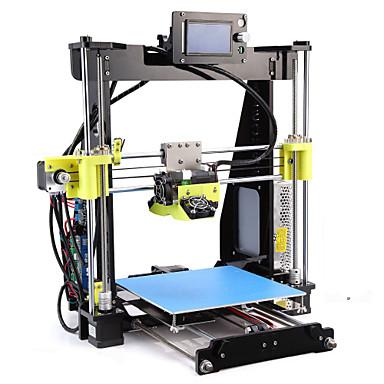
Once you know the material cost, it's time to find out what is the labor cost:
labor cost = time × hourly rate
where
- time is the time needed to finish the job,
- hourly rate is the cost per one hour of 3D printing.
At the end of calculations, our 3D printing cost calculator adds the markup) to account for the profit:
final price = (material cost + labor cost) × (100% + markup)
Voilà - you just found the total price of a 3D printing job! Be sure to experiment with the result, for example, by changing your hourly rate or by adding half an hour to printing time to simulate a jammed extruder that you need to fix.
3D printer filaments
You probably noticed that the material cost depends on three main factors: the volume of the material, its density, and its price. While the volume depends solely on the project you're about to print, the other two are associated with the type of filament.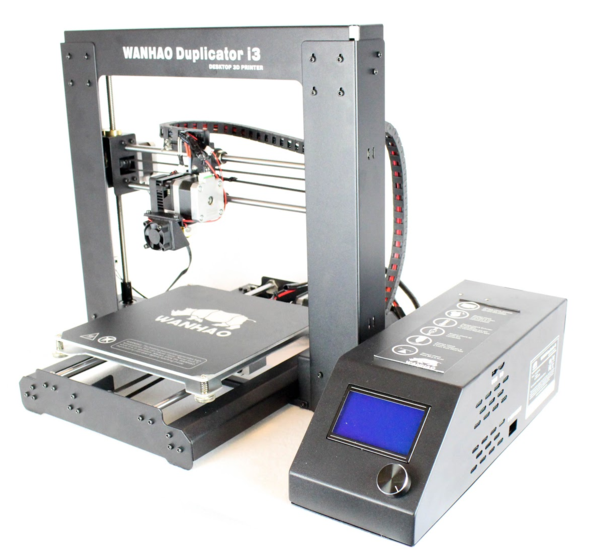
In our 3D printing cost calculator, you can choose between the six most common filament types. If you're using a different one, open the advanced mode to manually input its density.
filament type | full name | density (g/cm³) | |
|---|---|---|---|
ABS | Acrylonitrile Butadiene Styrene | 1.05 | |
PLA | Polylactic Acid | 1.27 | |
PETG | Polyethylene Terephthalate | 1.25 | |
PETT | T-Glase filament | 1.45 | |
HIPS | High Impact Polystyrene | 1.04 | |
TPU | Thermoplastic Polyurethane | 1.30 | |
FAQ
How much does it cost to 3D print per inch?
It costs $0. 35. However, It highly depends on the material cost. Omnicalculator tool 3D printing cost calculator can help you analyze between different options.
35. However, It highly depends on the material cost. Omnicalculator tool 3D printing cost calculator can help you analyze between different options.
- We need to choose the material type. For example, ABS with a density of 0.6069 oz/in3 and a price of $20.
- Considering density, we need to print 0.6069 ounces.
- Our 3D printer calculator indicates that 3d printing one inch will cost $0.35.
How to calculate the 3d print cost?
You can use Omnicalculator 3D printer calculator or do as follows:
- Define your 3d printer material type and get its price per kilogram. Also, find out its density
- Calculate the volume of your 3d print model. Use your design software for increased preciseness.
- Get the mass of your model by multiplying its volume per material density.
- Multiply the obtained mass by the material price per kilogram. The result represents your material 3D print cost.
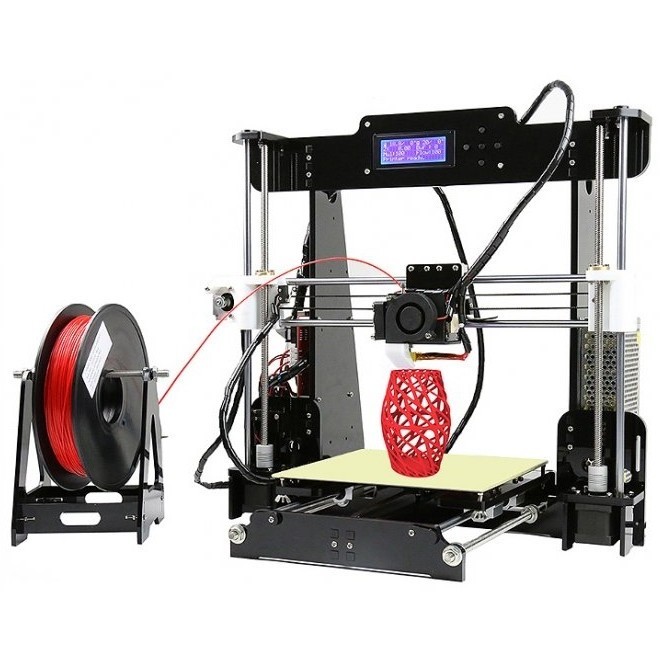 Do not forget to add labor costs such as electricity and designing time.
Do not forget to add labor costs such as electricity and designing time.
Can you make a business with a 3d printer?
Yes, you can, and Omnicalculator tool 3D printing cost calculator can help you with it. To be successful with it, follow the subsequent recommendations:
- Dedicate proper time to material selection since quality/usability matter the most.
- Do not forget to add labor costs such as electricity, and manpower costs, among others.
- Add a markup price which will be your profit over your costs.
How to 3d print?
Once you have covered how much it costs to 3D print and you have a 3d printer at home plus printing material, do as follows:
- Create or find a design of your interest. Save it as an STL file in a portable memory.
- Adjust the nozzle and the printer bed position to be parallel and close enough.
- Preheat the bed, and check any other manufacturer recommendations.
- Print!
Bogna Szyk
Cost of material
Material type
Filament diameter
Filament length
Filament weight
Material cost
$
Labor cost
Printing time
Cost per hour
Labor cost
$
Final price
Markup
Final price
$
Check out 32 similar tech and electronics calculators 💻
Amdahl's lawBattery capacityBattery life… 29 more
The Best 3D Printing Pricing Calculator — MakerOS
If you are an FDM 3D Printing Shop
Material
Material Density - this is important to know, and if you don’t know you can easily find it with a Google search. Every filament manufacturer will have that information.
Every filament manufacturer will have that information.
Machine
Machine Lifetime Hours - this is how long is the machine going to last while operating. Some manufacturers may actually have this listed for their machines. Another way to look at this is how long will it take until you to replace this machine, whether it becomes obsolete or you replace it with something new (assume no scrap value).
Maintenance & Service Cost per year - the cost for the service plan. Also, all of the consumables that go into the machine over the year, such as blue painter’s tape for printing surfaces, really anything that goes into the cost of the machine you want to compensate for with this number.
Fabricated Material
How long to fabricate 1 cubic centimeter of material? In minutes - it’s important to understand the rate at which your machine can print. It is not necessary to calculate the warm up time, the time it takes to heat up the nozzle or bed. There are two ways to do this. Take a 1 cubic centimeter cube, go into your slicer, and it will give you a time estimate for how long it will print. But a more accurate and correct way to do this is to actually time it with a stopwatch to see how it will take to print a 1 cubic centimeter cube from the first extrusion to the print stopping. If you need a cube, download it here. This is an average number and is meant to be a baseline. Different machine movements move differently and your mileage may vary.
There are two ways to do this. Take a 1 cubic centimeter cube, go into your slicer, and it will give you a time estimate for how long it will print. But a more accurate and correct way to do this is to actually time it with a stopwatch to see how it will take to print a 1 cubic centimeter cube from the first extrusion to the print stopping. If you need a cube, download it here. This is an average number and is meant to be a baseline. Different machine movements move differently and your mileage may vary.
How much can be deposited in 1 hr? In grams - this is our material deposition rate per hour.
Facility
Monthly Rent - the rent for wherever you’re working out of. If you’re working from home, include either your mortgage or your monthly rent, whether it’s your apartment or your home.
Monthly Utilities - include any cost to support your print job. Everything that goes into the operation of the facility itself.
Humans
Time on setup & teardown for the job in minutes - when you want to do a print job for a client, how long does it take for you to validate the files, slice them, get them to the machines, tear them down and remove supports? Give yourself more time than you think you need. You need to give yourself a realistic average and padding of time in this calculation. If you underestimate this input, you’ll be losing a lot of money and time.
You need to give yourself a realistic average and padding of time in this calculation. If you underestimate this input, you’ll be losing a lot of money and time.
Software/Service
What are you spending on different software to run your business? Solidworks license, your general inventory management system, ERP, etc.
All Other Services - is all of your auxiliary software services that you’re using, such as the cost to host your website, other web services like email, and the cost of MakerOS.
Calculated Costs ($/hr)
Here you will notice that the printing of the material and the machine depreciation are by far the lowest cost onto the business. The true costs are your rent, your software, and human time.
What does it cost to fabricate the purchased material?
How long to fabricate all grams (hrs) - this is the time in hours it will take to use all of the material in the spool.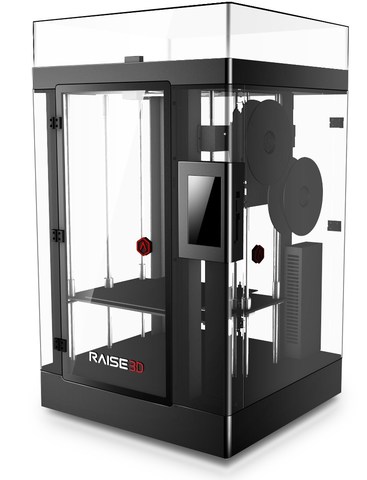
Cost to fabricate all material - when you take the totally hour cost and multiply that by how long it takes to fabricate all grams.
How many jobs projected per unit? - this is an average. We need to understand on average how many jobs are there within a 1kg spool (the unit). To do that, look at the last 10 print jobs you’ve done for clients and average how much material was used. A print job can be more than one print, there can be multiple parts that go on the printing bed.
The Total Cost to fabricate all material - this line adds up the lines “Cost to fabricate all material” and “Added cost of human time” and you must get more than this dollar amount out of that spool in order to be profitable.
What should you charge?
Markup - if you’re printing in PLA, a good actual price to be within is anywhere between $1.20 and $2.50, depending on what you’re printing and the quality of that print, in a cubic centimeter.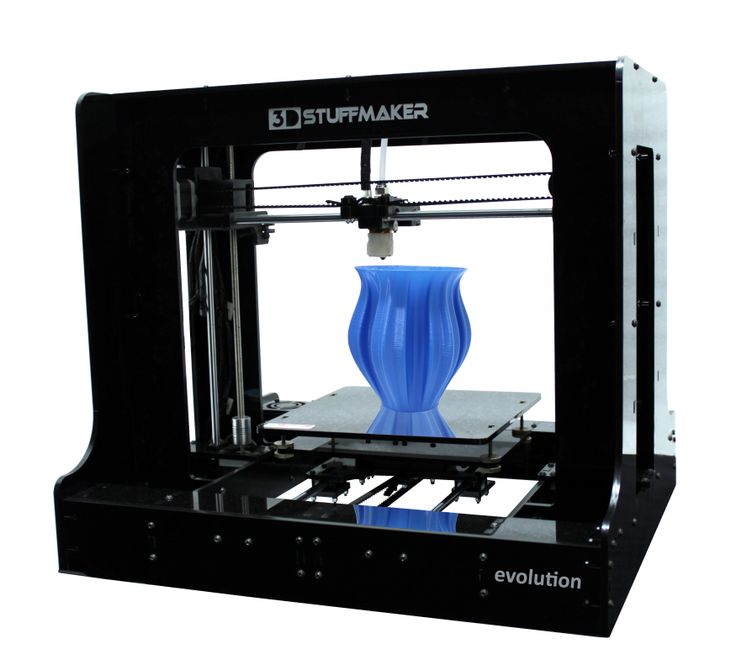 3) - the printed density of the printed part (loose powder vs sintered powder).
3) - the printed density of the printed part (loose powder vs sintered powder).
Machine
Machine Cost - this will be significantly more than an FDM machine
Fabricated Material
Machine Startup and Cooldown (mins) - you’ll have to look up or test your machine to find the inputs for this sections. As an example for now, we’ll use an EOS FORMIGA P110 as our benchmark example machine. With the EOS machine it should take roughly two hours to heat up and cool down.
Startup and Cooldown Cost - we get this number from taking the machine startup and cooldown time, and multiplying it by the Total Machine Time Cost per hour.
Layer Print Time (seconds) - it should take 15 seconds per layer.
Layer Height - with our EOS machine, it should be 0.1 mm.
Time to print 10x10x10mm cube(mins) - what we really want to know is how long will it take in pure print time to print 10 mm in the Z direction.
Material and print time cost for cube calculating - the price of the material which is $0.06 per gram and the time of 25 minutes to print the cube, which gives us $10.57 in this case.
Support Equipment Cost - this includes the cost of the special vacuum you need for the machine, and this vacuum can be up to $4K to $6K, along with a cleaning station or breakout station, which is another several thousand dollars. So for our EOS FORMIGA P110 support equipment should be about $15,000.
Max packing density % - the more dense your print is, the more likely you are to run into defects, so use 10% as the max packing density.
Grams printed per hour - this is the most important number to know in this whole Fabricated Material section.
>>> What if I have multiple machines? <<<
If you have two SLS machines (the exact same model) and both machines require the same supporting equipment, then just divide the Support Equipment Cost by two. Ultimately we’re trying to get the cost to print with just one machine.
Ultimately we’re trying to get the cost to print with just one machine.
Facility
Monthly Rent - the rent for wherever you’re working out of. If you’re working from home, include either your mortgage or your monthly rent, whether it’s your apartment or your home.
Monthly Utilities - include any cost to support your print job. Everything that goes into the operation of the facility itself.
Humans
Time on setup & teardown for the job in minutes - how long does it take your team to prep the build? When you want to do a print job for a client, how long does it take for you to validate the files, slice them, get them to the machines, tear them down and remove supports? Give yourself more time than you think you need. You need to give yourself a realistic average and padding of time in this calculation. If you underestimate this input, you’ll be losing a lot of money and time. This should take longer for an SLS machine than an FDM machine. An SLS machine requires a bit more finesse.
An SLS machine requires a bit more finesse.
Software/Service
What are you spending on different software to run your business? Solidworks license, your general inventory management system, ERP, etc.
All Other Services - is all of your auxiliary software services that you’re using, such as the cost to host your website, other web services like email, and the cost of MakerOS.
>>> What if I have multiple software for each line? <<<
Similarly to having multiple machines, then divide costs by however many software or services you’re using. With Software/Services, it’s not entirely necessary to do this, but it certainly is a good exercise to do to understand the economies of scale for a business.
Calculated Costs
Total Hourly Cost - this is significantly more for SLS than it is for FDM - approximately 4X more. However, it is significantly faster to print with an SLS printer.
What does it cost to fabricate the purchased material?
How long to fabricate all grams (hrs) - this is where we see that it is much faster to print with an SLS machine than it is with an FDM machine.
How many jobs projected per unit - this is an average
Added cost of machine procedures - this is how many jobs project per unit multiplied by the cost to startup and cool down your machine.
What should you charge?
Markup up your margins - compared to an FDM machine, having an SLS machine can be extremely profitable, even though an SLS machine is very expensive. So increase your margins even more because of economies of scale and also mainly because of jobs you can fit in the machine. So increase it to 100%, 125%, even 175%. If you charge 50%, you’re basically undercutting the margin.
Job Minimum Price for 1hr Print
Total minimum you should charge - this takes the Total Hourly Cost, The Added Human Time, and your Markup retail price per hour.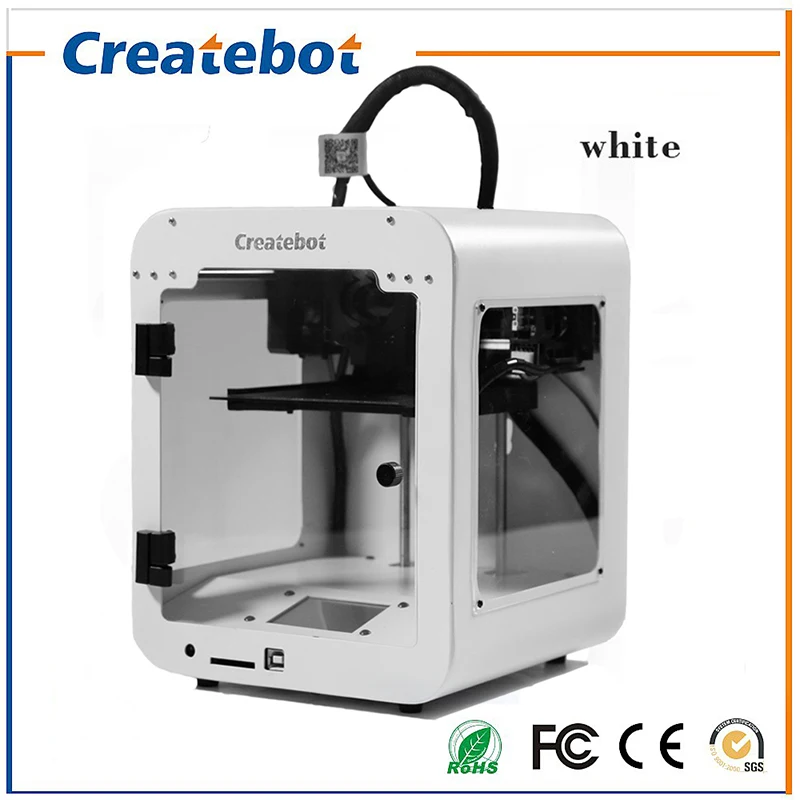
MakerOS is an all-in-one collaboration platform for 3D printing service bureaus to improve workflows with their clients and get projects done. Our software is a solution for 3D printing businesses to win more clients, reduce churn, increase machine utilization, and scale at a comfortable pace. We were founded by a team that previously ran several 3D printing businesses. Our expertise is how we put together this pricing calculator.
Online calculator for calculating the cost of 3D (3D) printing
You are here
Home » Our services
How to calculate the cost of 3D printing
- load the model in STL format into the calculator;
- get a cost estimate and recommendations;
- change the print settings or leave the default;
- if you are ready to order 3D printing on a 3d printer, click the "Order printing" button, fill in the contact details and send an application.
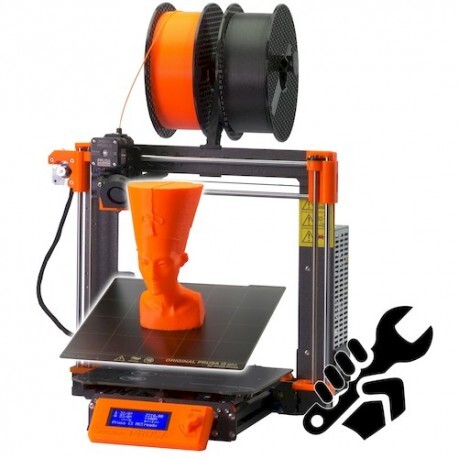
test model used for illustration purposes. To calculate your model, download it. The calculation takes place automatically.
Load STL file?Click the "Load" button and select the 3d model file. This is an STL file, such as 3dmodel.stl. The calculator will automatically calculate the cost immediately. You can go directly to the calculation below or change the 3D printing settings
Characteristics of the model, recommendations and cost of 3D printing
Volume, cm 3 : - Area cm 2 : - Dimensions, mm: - Plastic consumption, cm3: - Plastic consumption, gr: -
Recommendations: -
Preliminary cost of printing: -
Set your own 3D printing settings? Press if no special print settings are required, rather than the default settings*optimum settings for price/performance ratio).
 The default settings are marked with *.
The default settings are marked with *. Select material:? This is the material that will be used for 3D printing. Simply put, ABS is suitable for gears, housings and similar technical details, PLA is suitable for figurines and souvenirs, for the rest, see the material comparison table in the FAQ section.
ABS*ABS is strong and durable, suitable for printing housings, gears and stressed parts. We print by default.
PLAPLA has low print shrinkage, prints small fragments well, can print overhanging elements. Also, since PLA is made from corn, it can be used in food production
PET-GPET-G is stronger than ABS, less shrinkage, chemically resistant. This plastic has excellent interlaminar adhesion. Food grade plastic
CarbonCarbon is a nylon with carbon added. Very durable and wear-resistant, has low shrinkage and deformation during printing. In addition, after printing, the parts have a rough surface, on which the layering is not visible.
FlexFlex is an excellent rubber-like material. Unlike its TPU (polyurethane) counterpart, it is chemically resistant to engine oil and gasoline, and can be used as gaskets and flexible hoses in the automotive industry
Unlike its TPU (polyurethane) counterpart, it is chemically resistant to engine oil and gasoline, and can be used as gaskets and flexible hoses in the automotive industry
PhotopolymerPhotopolymer resin is indispensable for printing small and precise details. Advantages: layer thickness up to 1 micron, no visibility of layers, possibility of printing transparent models, coloring before printing with coloring pigments
ABS-Like loaded and durable parts. Together with ultra-high precision printing, it is indispensable for printing small gears and machine parts
Select filling density:? This parameter characterizes how much the part will be filled with plastic. Often it is not necessary to completely fill the part, partial filling can be used to save plastic
10%
20%*
33%
50%
100%
Select layer thickness (height):? This parameter characterizes the quality. The thinner the layer thickness, the better the printing will be, but the longer the printing time and its cost
0.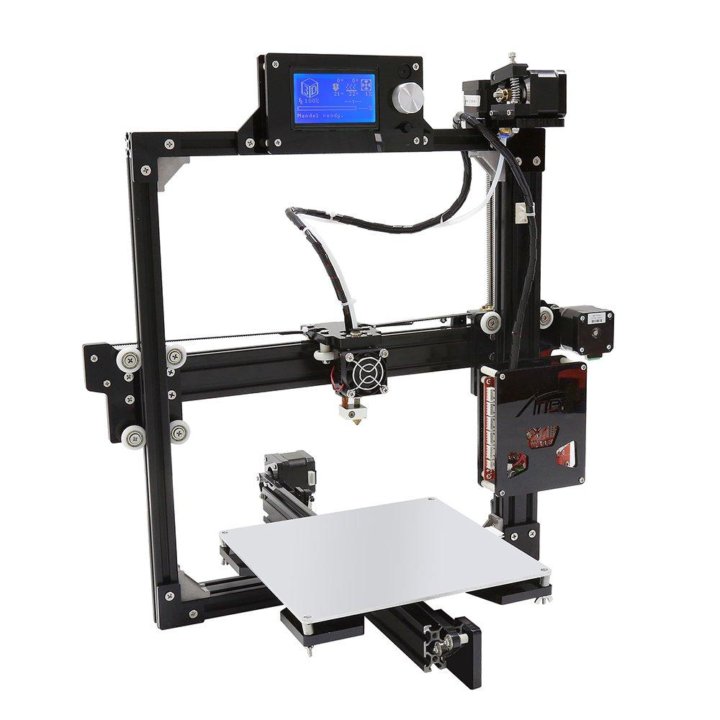 05mm
05mm
0.1mm
0.15mm
0.2mm
0.25mm*
Print order
test model
Hold the left mouse button to rotate the model
Use the middle mouse button or Shift and the left mouse button to zoom
Use Alt and left mouse button to move the model
Order printing
The print operator will receive a request with a 3D model and selected print characteristics and will contact you.
Download model STL
Read more
- Maximum file size: 120 MB .
- Allowed file types: stl .
Telephone
Order comment
Data
Add filesAdd new file
More details
- Maximum file size: 100 MB .
- Allowed file types: stl obj .

FDM thermoplastic 3D printing:
-
Eco-friendly PLA strength detail smoothness flexibility environmental
2923 rub/cm 3 bottles and children's toys. Due to the peculiarities of the material (detailing, printing "on weight") figurines, souvenirs and various decorative elements are well obtained from it.
 Well processed and smoothed. Order printing
Well processed and smoothed. Order printing -
Popular ABS strength detail smoothness flexibility environmental
2919 rub/cm 3 Print order
Excellent price-quality ratio, made from oil.
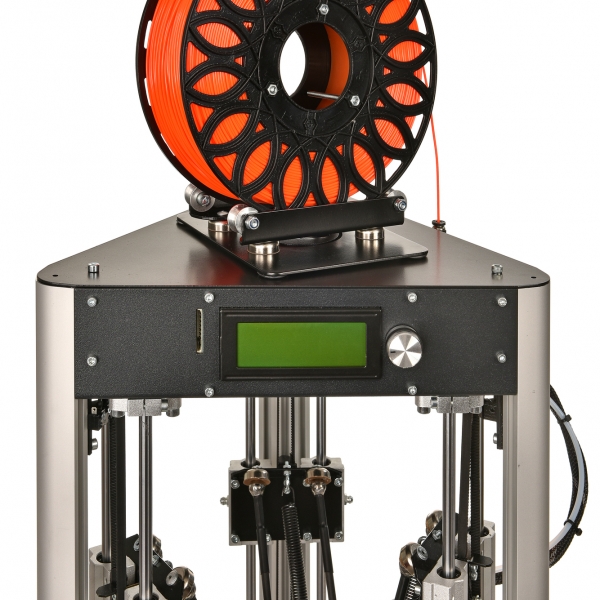 Well suited for printing cases, instruments, automotive components, gears and mechanisms, elastic and strong. Excellent mechanical and chemical processing. Order print
Well suited for printing cases, instruments, automotive components, gears and mechanisms, elastic and strong. Excellent mechanical and chemical processing. Order print -
Durable PET-G strength detail Smoothness Environmental friendliness
3923 rub/cm 3 Order PECH
In PET-G.
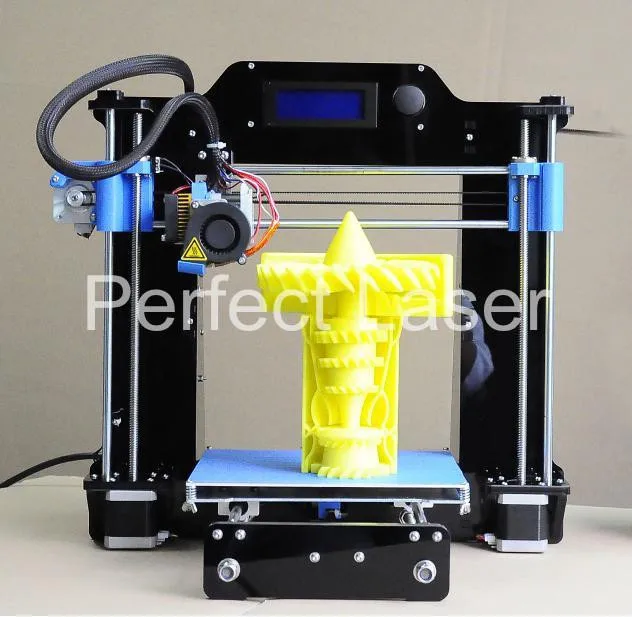 Excellent interlayer adhesion, due to which parts from this plastic will be stronger than ABS. In addition, PET-G is chemical resistant and can be used in food production (common plastic bottles are made from PET). Order printing
Excellent interlayer adhesion, due to which parts from this plastic will be stronger than ABS. In addition, PET-G is chemical resistant and can be used in food production (common plastic bottles are made from PET). Order printing 69 RUR/cm 3 Print order
Carbon is a nylon with added carbon. Thanks to this combination, carbon has the super strength of nylon, but is spared its disadvantage - strong shrinkage. Carbon also has an amazing property: the surface of the part after printing is rough without visible layering, like other plastics. Therefore, it can be used not only for printing heavy-duty and loaded products, but also for decorative elements. Order print
You must have JavaScript enabled to use this form.
Order
Phone
Service type - Not specified -3D printing3D scanning3D modelingother
Choice of plastic - Not Specified -ABS/PLAPET-GCarbonFlexFotopolimerABS-Like
Upload drawing or 3d model File formats: obj, stl, max, doc, pdf, jpg, png, step, 3ds, zip, rar.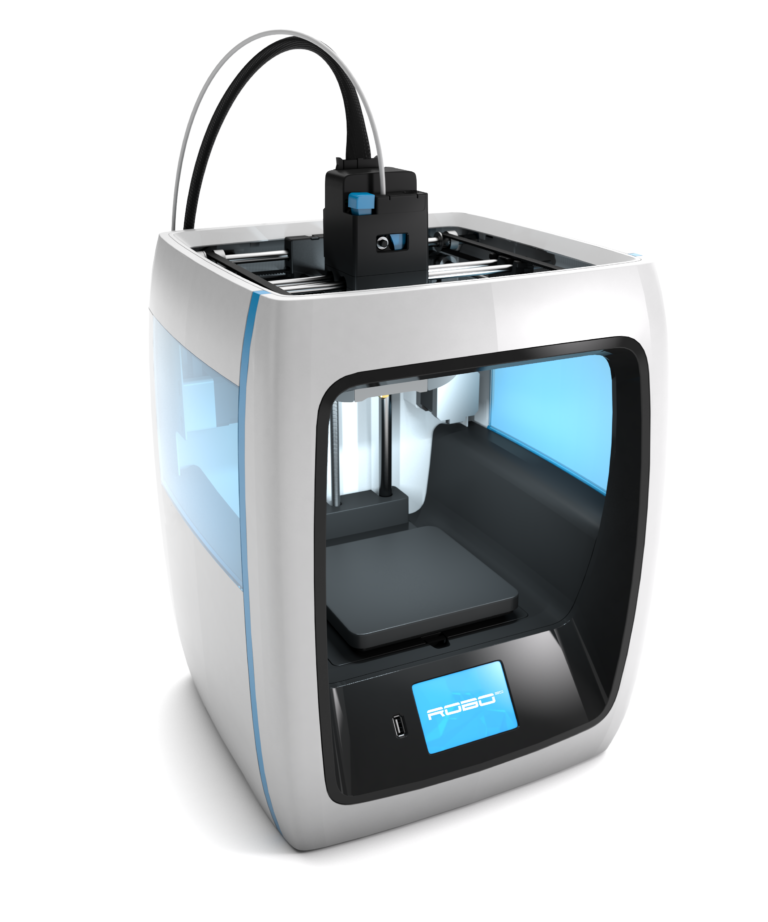 The maximum file size is 120 MB. In the description, describe the terms of reference and the details of the task.
The maximum file size is 120 MB. In the description, describe the terms of reference and the details of the task.
Add new file
Read more
- Maximum file size: 120 MB .
- Allowed file types: obj stl max doc pdf jpg png step 3ds zip rar .
Notes
Many potential customers of our company who are considering our professional services think that 3D printing cost of is very high today. They say that new expensive equipment, not the cheapest materials and unique technology, which is not available on every corner, lead to an automatic increase in the cost of the service provided, which has only recently begun to be popular in our country. But such reasoning goes against the fundamental concept and philosophy of our company. From the first day of opening, we set ourselves the goal of bringing 3D printing technologies to the masses, making them the maximum available for everyone. And, in our opinion, on this path we have managed to achieve great success. 3D printing cost calculator , posted on the official website of our company, will help you make sure of this.
And, in our opinion, on this path we have managed to achieve great success. 3D printing cost calculator , posted on the official website of our company, will help you make sure of this.
The development of appropriate software has been one of the top priorities of our skilled programmers. We wanted to demonstrate to potential customers that 3D printing can be quite affordable in its final price. And the best way to do this is by providing the opportunity to conduct your own calculations according to individual parameters, available to each visitor to our site. To take advantage of 3D printing cost calculator , you do not have to contact our managers, go through the registration procedure on the site or send your contact information anywhere. Just go to the site, go to a special page and take step-by-step actions, the end result of which will be to get the result you need in the form of the price of the ordered service.
How exactly is the calculation of the cost of 3D printing in the calculator on our website? This procedure boils down to making three basic steps .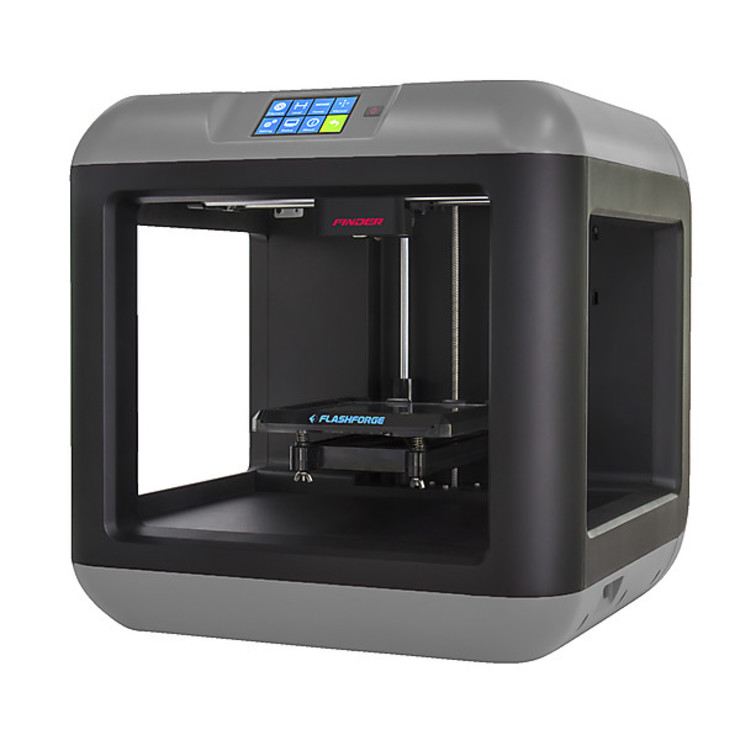
- Download model
You will need a file of a three-dimensional model of the object, which you want to print by ordering the appropriate service from our company. The file must be in STL format, which is optimal both for the printing procedure itself and for carrying out the necessary calculations.
- 3D printing settings
These are advanced steps for specifying individual print process parameters. In particular, here you can determine the material of the printed object, the filling density of the object and the thickness of the printed layer. Each of these parameters, set in the corresponding windows of the online 3D printing cost calculator, will largely determine the quality of the final result. This is especially important for the thickness (height) parameter of the walls of the printed part, which will be the better, the thicker and stronger its underlying layer will be.
Please note that the defined parameters are already set by default, and you will have to change them as you wish in manual mode. As for the settings shown, they are suitable for the vast majority of our customers and their orders. We are talking about the use of reliable ABS plastic, a 20% filling density of the printed object, as well as a layer thickness of 0.25 millimeters. If these parameters suit you, you can safely skip the second paragraph and proceed to the third step of using the 3D printing cost calculator.
As for the settings shown, they are suitable for the vast majority of our customers and their orders. We are talking about the use of reliable ABS plastic, a 20% filling density of the printed object, as well as a layer thickness of 0.25 millimeters. If these parameters suit you, you can safely skip the second paragraph and proceed to the third step of using the 3D printing cost calculator.
- Get result
When you upload the correct 3D model file, our calculator will quickly make the necessary calculations and then display the price on your screen. At the same time, the main characteristics of the printed object will be calculated and visually indicated, and recommendations will be provided regarding the possible need to change the order parameters in order to achieve a better result. Online calculation of the cost of 3D printing in the calculator starts immediately after you upload a three-dimensional model. But when changing the parameters from the second step, the calculation is repeated, giving the corrected result.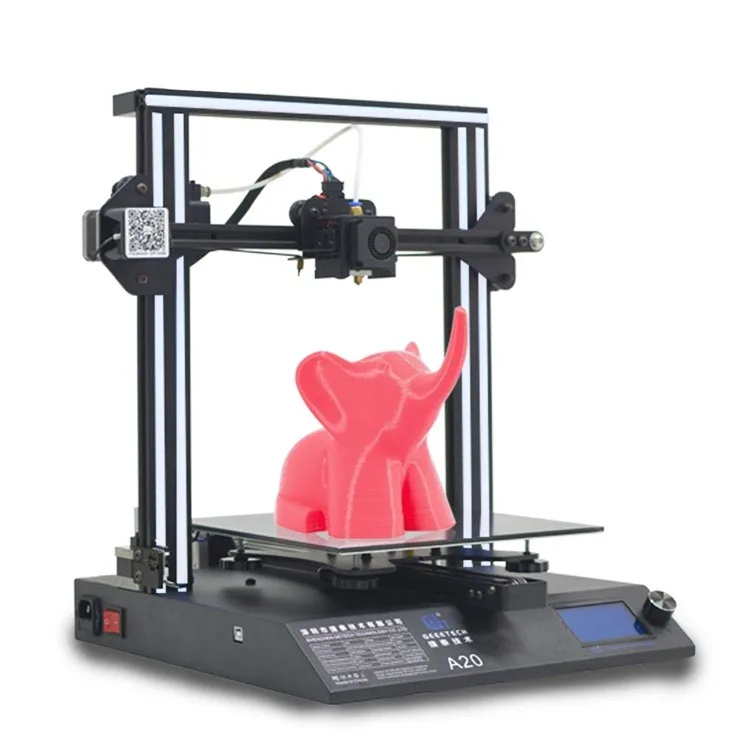
Is the amount received through the steps described final and irrevocable? No. The print cost calculator is designed to indicate for you the approximate price of the ordered service, which can change in one direction or another when placing an order directly together with the manager of our company. But you will already know what cost to expect in order to get the result you need. We guarantee that the final price prescribed in the contract, if it differs from the one calculated in the calculator, then only by a minimum value.
The fourth step of is filling in the contact information in the appropriate fields on our website, as well as sending an application for your 3D model and individually defined characteristics of the printing process to our company's operators. Of course, you will proceed to this step only if the cost of 3D printing given by the online calculator suits you.
3D Printing Cost Calculator
Although I posted the link in the discussion of the parallel topic of comrade 3D_MPL (Cost of 3D printing.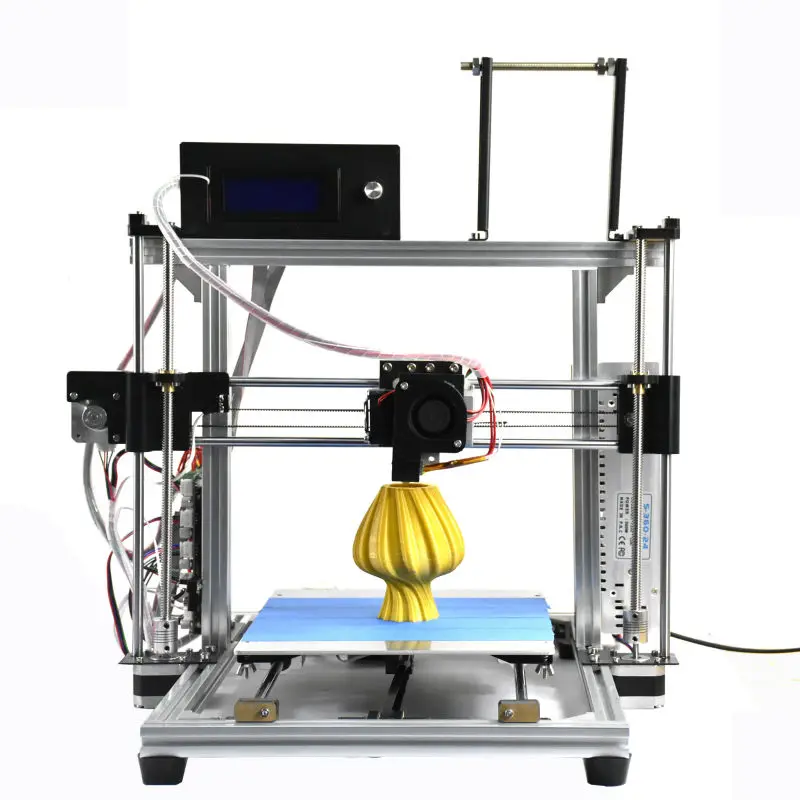 Calculator for calculating from 3D-MPL), I thought it would be better to make a separate post to get feedback.
Calculator for calculating from 3D-MPL), I thought it would be better to make a separate post to get feedback.
So please make constructive (!) suggestions. I will answer any questions on the topic.
.
So.
Again and again the question arises of how to calculate the payment of your labor as correctly as possible. Although some of the details seem simple, they often require a lot of brain effort, which MUST be paid. Well, the time spent too.
.
Some people think that it is enough to take into account the weight of the part - I think this method is simply fundamentally wrong, because, for example, printing a vase / box with a 1mm nozzle and a 0.6mm layer will be faster than printing some highly detailed bracket in a car or a souvenir with a 0.2mm nozzle and a 0.05mm layer. So, with the same weight, the time can be many times (tens of times) longer! Yes, and draw a different bracket, you must be able to!
Moreover, we want our many hours of work to be adequately paid.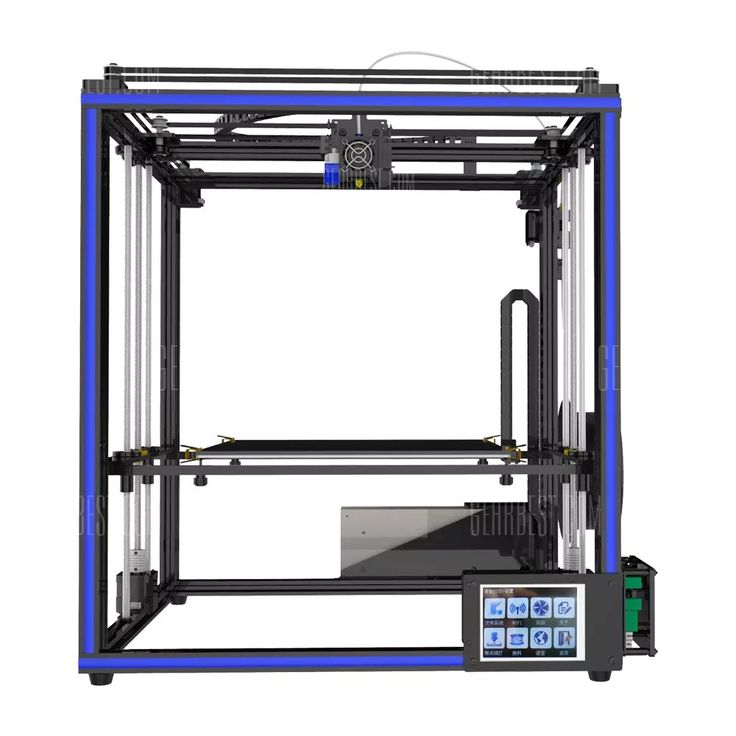
A typical example from my practice is a teapot handle.
The detail is shapeless, you don't know how to approach it in order to draw it. The result - 7 hours of modeling, 4 hours of printing, an hour of post-processing, 57 (total!) Grams of plastic. And now, imagine, a customer comes to you, 'Why is it so expensive??? It's only 57 grams!!!'. And you lost a whole day (work shift).
.
So, I think that the main resource that should be paid for is time!
.
And here is the table itself.
Link to Yandex Disk: https://yadi.sk/i/oy1r3v_dA-8E1w
.
By the way, I update the table from time to time! I recently discovered an inaccuracy in the calculation of the cost of the material, corrected it. So follow the link and check it out.
.
Some characteristics:
Time is written conveniently - in hours and minutes.
Modeling and post-processing cost per hour.
The weight and cost of the coil are written separately - no need to calculate the cost of a kilogram (for lazy people).
The so-called 'difficulty factor' is missing from the table. The complexity itself will be formed from: modeling time (mostly), printing time (necessary detailing), post-processing time (picking out supports from hard-to-reach places, painting, etc.).
Substitute the values that are convenient for you. I don't insist on these. Columns 'Prices' and 'Costs'.
The white numbers in the 'Total' column are reference numbers, just for convenience.
Depreciation is calculated from the time of direct operation of the printer (more work - more wear). I take half a dollar.
The price of the first part differs from the subsequent ones only by taking into account the simulation time.
The maximum power of the printer is taken - all the same, pennies come out.
Currency - rubles. You can change to yours.
When writing the price for a reel, you must also consider the shipping cost! (In our outback, the delivery of one coil is 500 rubles!) I can add the 'delivery' item for convenience, if you want.


